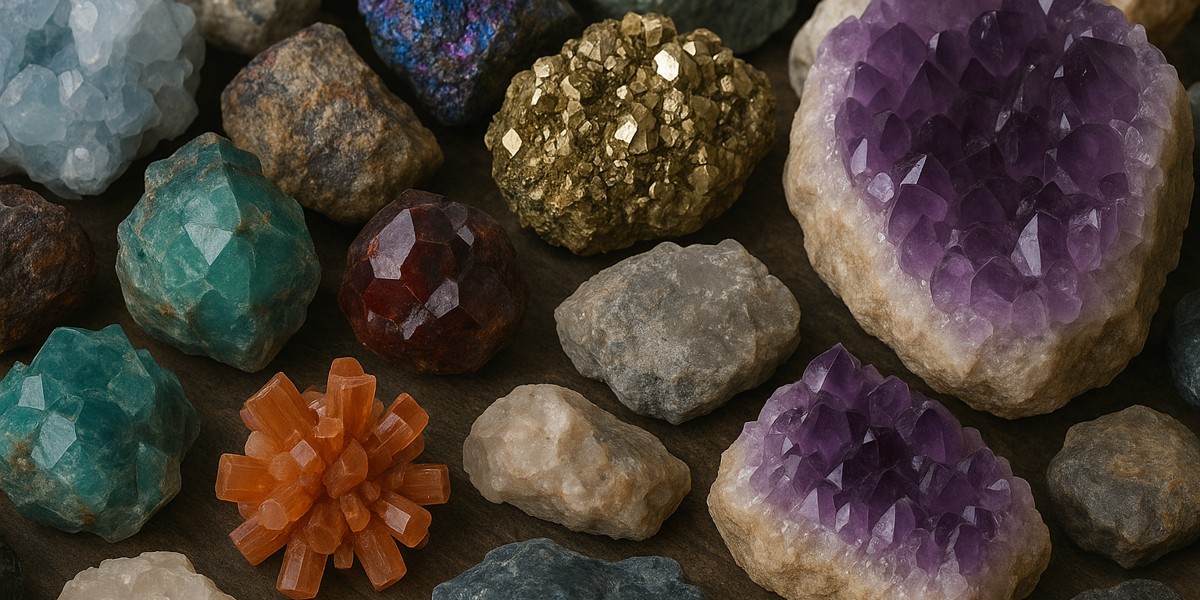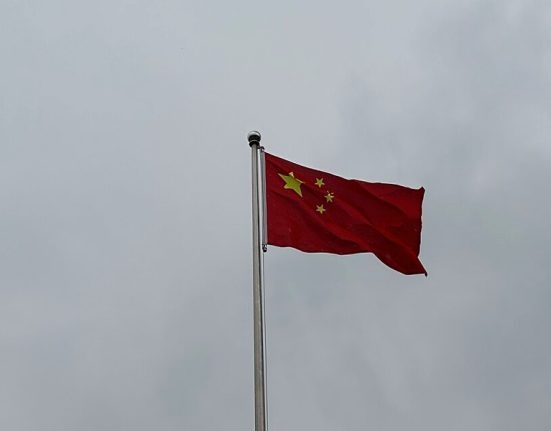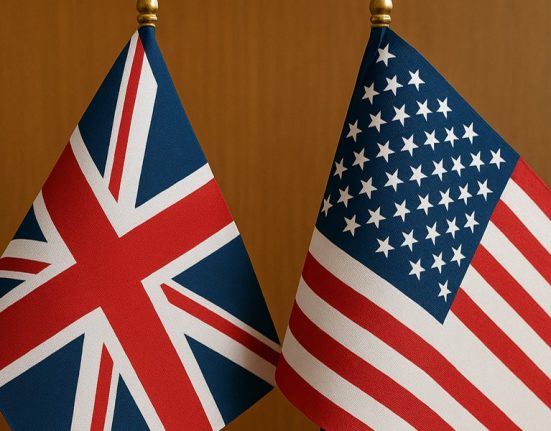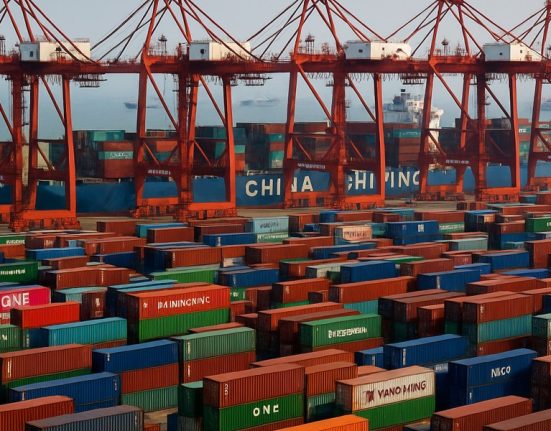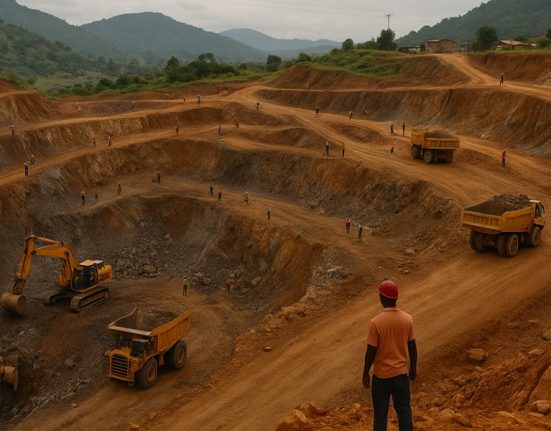Countries which produce metals including copper, lithium, nickel and cobalt are increasing their strangled-hold over this niche market.
Diversifying production
Western countries still have a long way to go to develop and diversify the supply of critical minerals and metals, a report by the International Energy Agency concluded.
These substances are needed for electric vehicle batteries and in the defence and technology sectors, and to maintain energy security.
The Paris-based agency noted that almost all supply growth in different segments of the metals markets came from the single top producer, such as Indonesia for nickel and China for cobalt, graphite and rare earths.
The Global Critical Minerals Outlook has been produced by the agency for the last five years and has become important to guiding investment strategy and government-led energy security strategies.
Market forces will not fix the problem
“We have all the reasons to be worried about the concentration of critical minerals, especially on the refining side,” said Fatih Birol, the IEA’s executive director, as he called for governments to “urgently” provide support for new entrants.
“We cannot rely only on market forces if we want diversification and to move away from this concentration,” he told the FT.
China exerts control over all stages of production and is the leading refiner and processor for 19 of the 20 minerals analysed by the IEA, with an average market share of around 70 per cent.
The US-China trade dispute was deterring spending, said the IEA, which found that investment in critical minerals had grown by just 5 per cent last year, from 14 per cent in 2023.
The UK government must take diversification of supply seriously or it risks a supply gap of 30% compromising energy security and increasing our reliance on unpredictable third parties.

